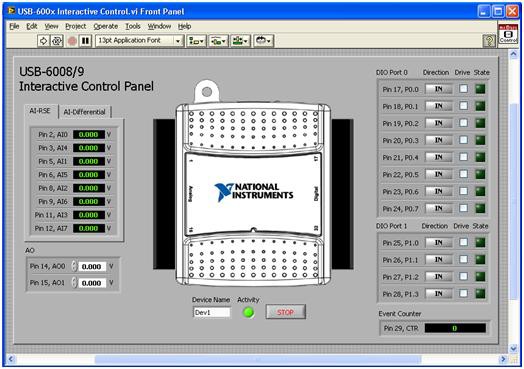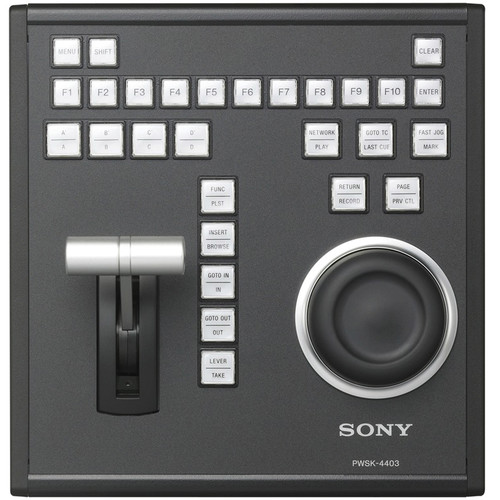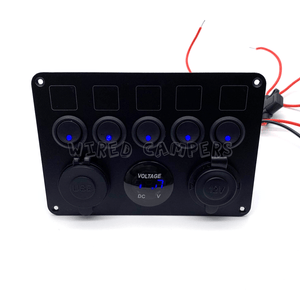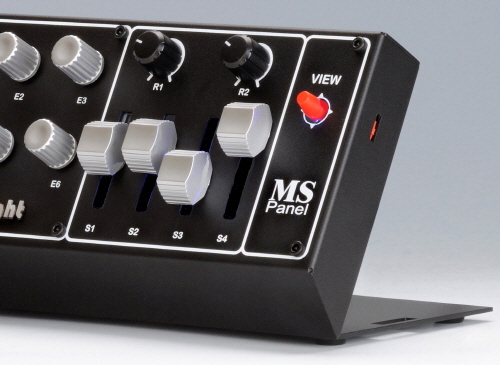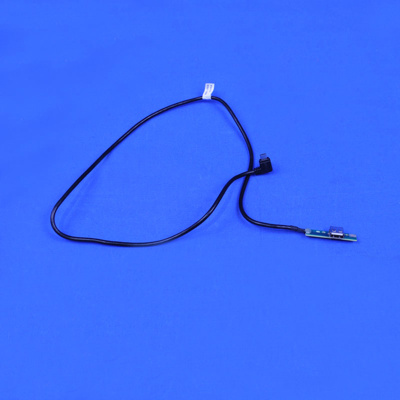
Vmix Control Panel for Audio Video Live Broadcast System vMix Software Remote Control Drive-free USB and IP Plug and Play

Aluminum Switch Panel with Battery Gauge & USB Charger Socket | Marine Toggle Switch Panels, Fuses, Circuit Breakers Manufacturer | YIS Marine


